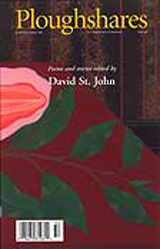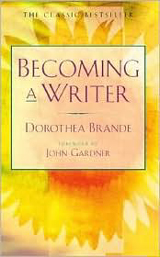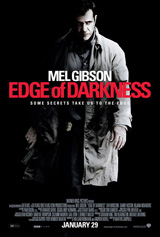With regard to commas, the same rules that apply to relative clauses apply to adjectival phrases and appositives. That is, if a descriptive phrase or clause is nonrestrictive, use commas; if it’s restrictive, don’t. Let’s review:
An adjectival phrase modifies a noun or pronoun. It could be a prepositional phrase or a participle phrase. If an adjectival phrase is essential to understanding the noun or pronoun it belongs to, it is restrictive, and no commas should be used:
This weekend my friend Sandra and I prepared the signature dish featured in Julie & Julia.
We found out that the recipe in the movie was a bit more complicated to prepare in real life.
Reread the first example above, but stop after “dish.” It doesn’t make sense, does it? You’re left asking yourself, what dish? The participle phrase featured in Julie & Julia is essential to understanding the sentence—it’s a restrictive phrase, so no commas should be used.
Likewise, in the second example, the prepositional phrase in the movie lets the reader know what recipe I’m talking about. Without it, the reader might not know and thus not be able to understand the sentence. In the movie is also a restrictive and so shouldn’t take commas.
Nonrestrictive adjectival phrases are not essential to understanding the sentence. They provide parenthetical information without which the reader would still glean the writer’s meaning:
Sandra bought the vegetables, including mushrooms and onions, at the farmers market on Saturday morning.
With shopping list in hand, I picked up the bacon, beef, and stock at the grocery store.
In both of these examples, the adjectival phrases are not required for the sentences to make sense. You don’t need including mushrooms and onions to figure out what Sandra bought at the farmers market, and with shopping list in hand doesn’t help you understand how I is. Therefore, these are nonrestrictive phrases and should be set off by commas.
These same guidelines apply to appositives.
In Apposition
An appositive is a noun or noun phrase that renames a nearby noun. Like relative clauses and adjectival phrases, appositives may be restrictive or nonrestrictive.
If an appositive is necessary to understand which noun the writer means, it is restrictive, so no commas should be used:
My friend Sandra brought her groceries to my apartment on Saturday afternoon.
We used the recipe for boeuf bourguignon in Julia Child’s cookbook Mastering the Art of French Cooking.
In the first example above, Sandra is an appositive renaming my friend. Without it, you would not know which friend I’m talking about. Likewise, without the appositive Mastering the Art of French Cooking, you would not know in which Julia Child cookbook we found the recipe. Both of these appositives are restrictive—necessary to understanding the sentence—and so do not take commas.
However, if an appositive is supplemental—i.e., it can be omitted without threatening a reader’s understanding of the sentence—it is nonrestrictive, and so commas are used:
We used the recipe for boeuf bourguignon in Julia Child’s first cookbook, Mastering the Art of French Cooking.
My boyfriend, Jeff, joined us for dinner.
Although very similar to a previous sentence, the first example above now refers to Julia Child’s first cookbook. Since Julia Child can only have one first book, Mastering the Art of French Cooking is supplemental information. Without it, the reader would still be able to understand which cookbook we used—Julia Child’s first. It’s a nonrestrictive appositive, and so takes commas. Likewise, I (presumably) have only one boyfriend, so the appositive Jeff is supplemental—i.e., nonrestrictive—so commas are used.
Do you have a question about the comma? Let me know, and I’ll include it in a future installment of Mots Justes’ ongoing series.
The Mots Justes Series on Commas
Part I—To Serialize or Not to Serialize
Resources
Chicago Manual of Style, The. 15th ed. Chicago: The University of Chicago Press, 2003.
Fogarty, Mignon, Grammar Girl’s Quick and Dirty Tips for Better Writing. New York: Holt Paperbacks, 2008.
Hacker, Diana, The Bedford Handbook for Writers, 3rd ed. Boston: St. Martin’s Press: 1991.








I learned so much from this post. Thanks for using me as an example in Mots Justes!
What are we cooking next? 🙂
Thank you, friend, for the adventure! Whatever our next concoction, it will be yummy! -ae